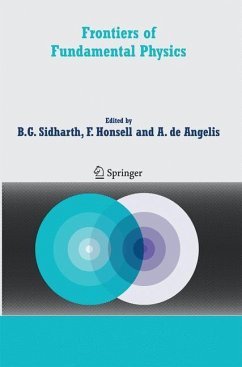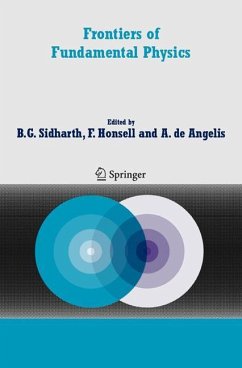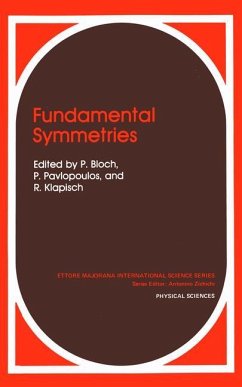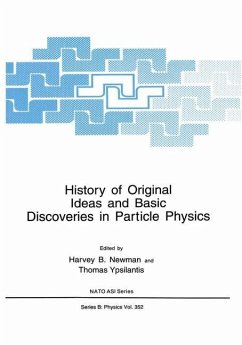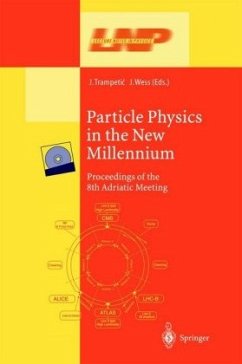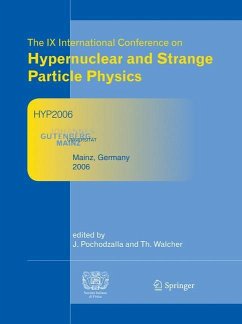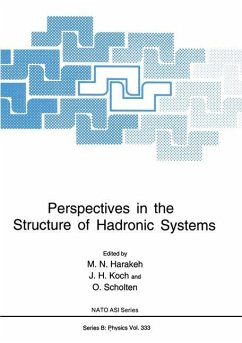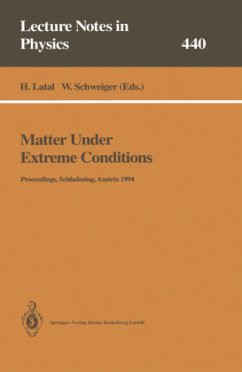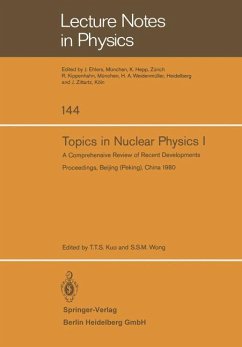
Physics of Strong Fields

PAYBACK Punkte
20 °P sammeln!
The NATO Advanced Study Institute on Physios of St~ong Fields was held at Maratea/Italy from 1-14 June, 1986. The school was devoted to the advances, theoretical and experimental, in physics of strong fields made during the past five years. The topic of the first week was almost exclusively quantum electrodynamics, with dis cussions of symmetry breaking in the ground state, of the physics of strong fields in heavy ion collisions and of precision tests of perturba tive quantum electrodynamics. The famous positron lines found at GSI (Darmstadt) and the related question "new particle versus vacuu...
The NATO Advanced Study Institute on Physios of St~ong Fields was held at Maratea/Italy from 1-14 June, 1986. The school was devoted to the advances, theoretical and experimental, in physics of strong fields made during the past five years. The topic of the first week was almost exclusively quantum electrodynamics, with dis cussions of symmetry breaking in the ground state, of the physics of strong fields in heavy ion collisions and of precision tests of perturba tive quantum electrodynamics. The famous positron lines found at GSI (Darmstadt) and the related question "new particle versus vacuum decay" - (yes or no or both) - constituted the center of experimental advances. This was followed in the second week by the presentation of a broad range of other areas where strong fields occur, reaching from nuclear physics over quantum chromodynamics to gravitation theory and astrophysics. We were fortunate to be able to calIon a body of lecturers who not only made considerable personalcontributions to this research but who are also noted for their lecturing skills. Their enthusiasm and dedication for their work was readily transmitted to the students resulting in a very suc cessful school.





